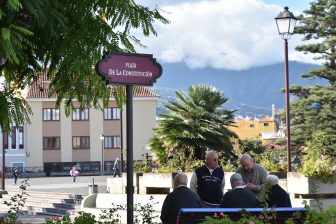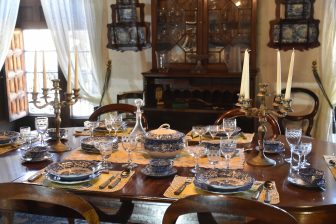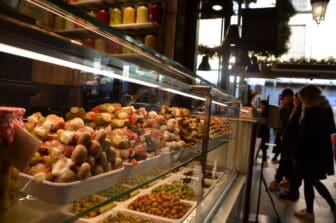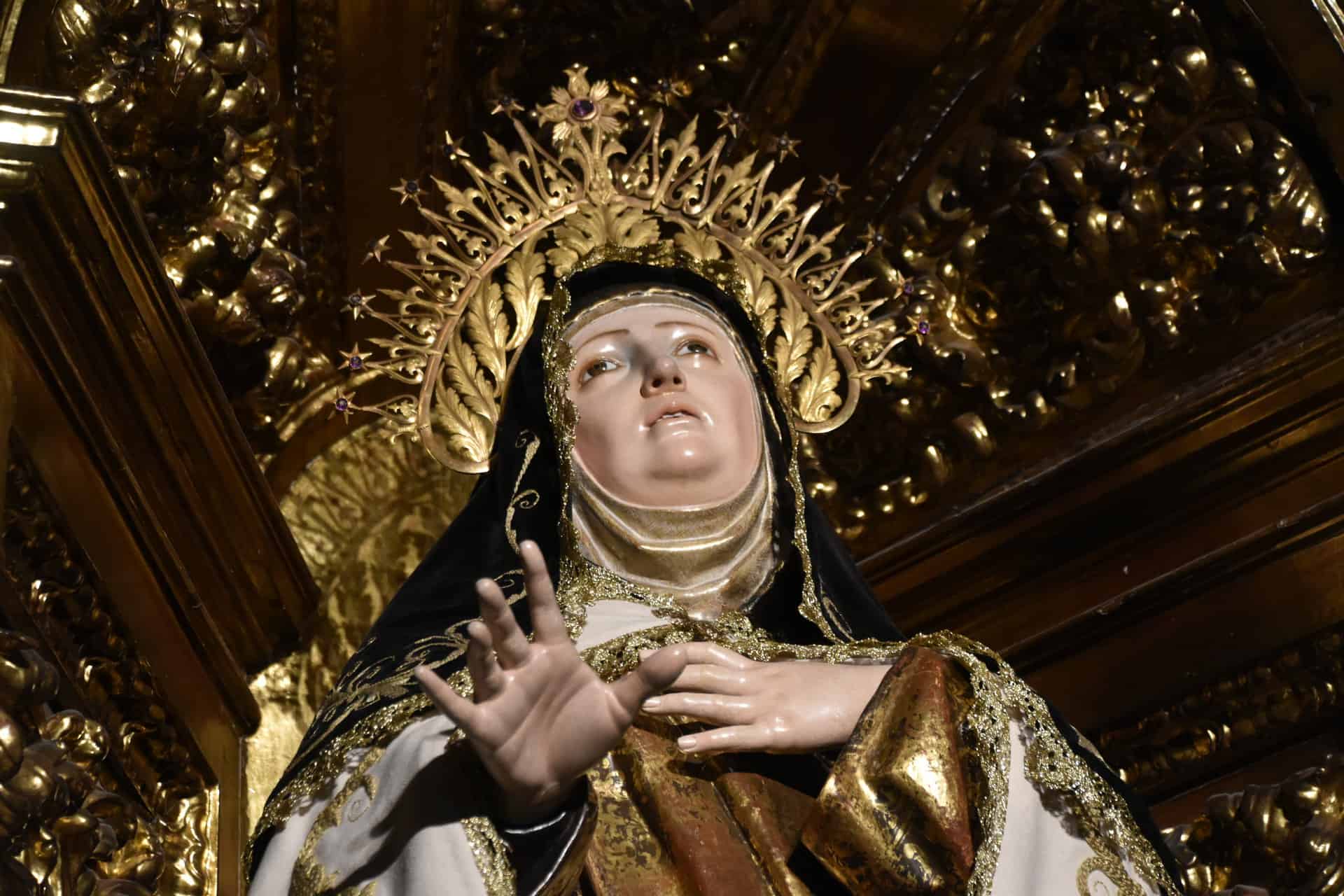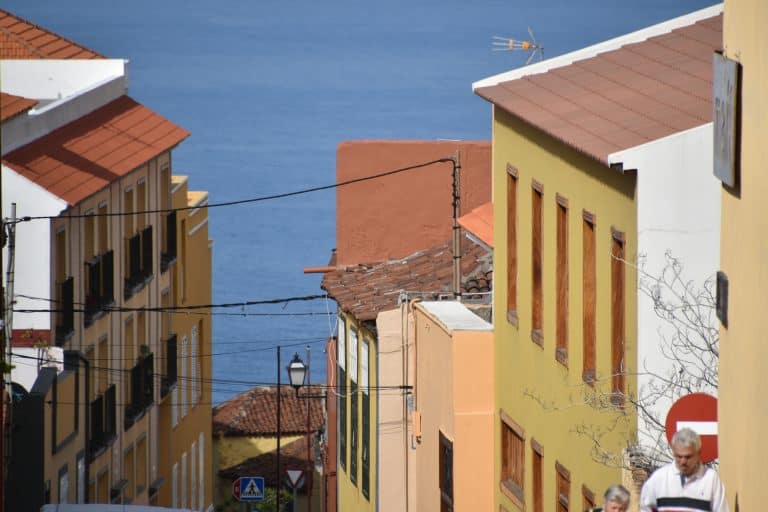
[ Dec.2019 ] We went to La Orotava by bus, which is a town located a little inland from Puerto de la Cruz, in the north of Tenerife in Spain.
It is an elegant town with many historic buildings, like La Laguna where we had stayed at the beginning of our holiday.
La Orotava was built in the 16th century, soon after Spain conquered Tenerife.
Most of the historic buildings, such as churches and residences, were built in the 17th century.
According to our guidebook, this area has been always prosperous and they produce many products, including bananas, chestnuts and grapes for wine.
The first thing I noticed here after getting off the bus was the slopes.
Because this town is on the hillside, every street is a slope.
It is a small town, but to move from one point to the other, you have to go up and down the slopes, which was a bit of hard work.
The bus stop was just outside the old town where most of the tourist attractions were, so we had to walk up the slope to the centre.
We came out to a square called Plaza de la Constitución and went into the church next to it, called Iglesia de San Agustin.
When I was taking photos of the interior, a local man came up and pointed to the ceiling, saying (probably) “Look at that”.
It was a Mudejar style wooden ceiling and in the centre there was a sculpture of the Madonna and Child, which is unusual.
The building next door used to be a convent, but after it was confiscated by the state (probably because of the Spanish Confiscation in the 19th century), it was used for many purposes and currently it is a municipal school of music and dance.
After this, 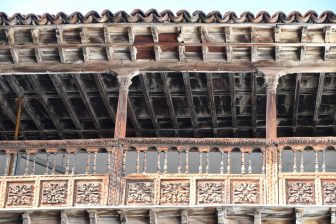
Our guidebook says it is free to enter, but in fact they charged €5 each and on top of that, another €1, if you wanted the audio guide.
This is a mansion built in 1632 and the wooden balconies with intricate carvings are the main feature.
After going through the reception, we came out to the courtyard and we climbed the wooden spiral stairs to the first floor.
Here, there were reproduced rooms showing the life of the rich family of this town.
We saw the collections of plates, crockery, cutlery, a piano and so on, which were very nice.
The rich families invite each other for dinners, which seemed an important event in their lives.
If someone did not turn up, or you were not invited, it developed into conflict between families, apparently.
We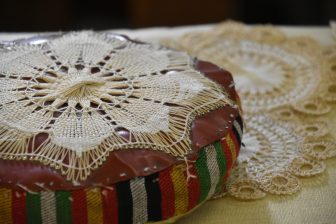
The ground floor rooms were mainly shops.
One corner was specialised in the traditional lace making.
They were selling lovely dresses with beautiful lace, but they were too expensive for me to even consider buying one.

